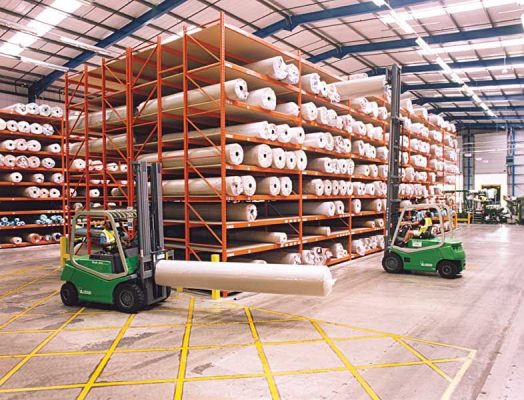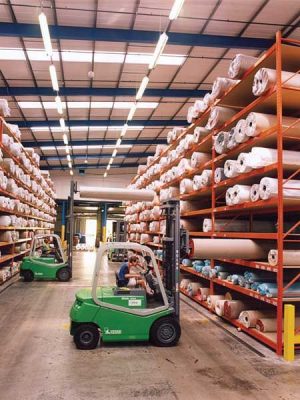5 most effective and optimal ways to manage fabric warehouse today
Managing fabric warehouses is a critical aspect of the textile and garment industry. Effective fabric warehouse management can significantly impact the efficiency, cost-effectiveness, and overall success of a textile and garment enterprise. In this article, we will discuss 5 most effective and optimal ways to manage fabric warehouse today
Businesses will profit economically and in terms of product value from good fabric warehouse management, which will also aid in inventory control and the management of product quality (damaged items, faulty goods, etc.). A reliable, uninterrupted production process is ensured by limiting risks in the quantity of inventories and production supplies.
Top fabrics samples used to make fabric aprons in 2023

5 most effective and optimal ways to manage fabric warehouse today
- Organized Inventory Management:

- Streamlined Receiving and Inspection:
- Prioritize Fabric Rotation (FIFO):
- Efficient Space Utilization:
- Security Measures:
Protect your fabric inventory by implementing robust security measures. Install surveillance cameras, access control systems, and alarms to prevent theft or unauthorized access to the warehouse. Security measures not only protect your investment but also maintain the trust of your suppliers and customers.
Effective fabric warehouse management is essential for the success of textile and garment enterprises. By implementing organized inventory management, streamlined receiving processes, efficient space utilization, and strict quality control measures, businesses can optimize their fabric warehouses, reduce costs, and enhance overall operational efficiency. Building strong supplier relationships and investing in employee training further contribute to achieving a well-managed fabric warehouse that supports the success of the entire textile and garment production process. https://tinhte.vn/thread/case-study-kinh-nghiem-quan-ly-kho-tu-doanh-nghiep-lon-thanh-cong-suc-manh-cua-tich-hop-phan-mem.3695678/



